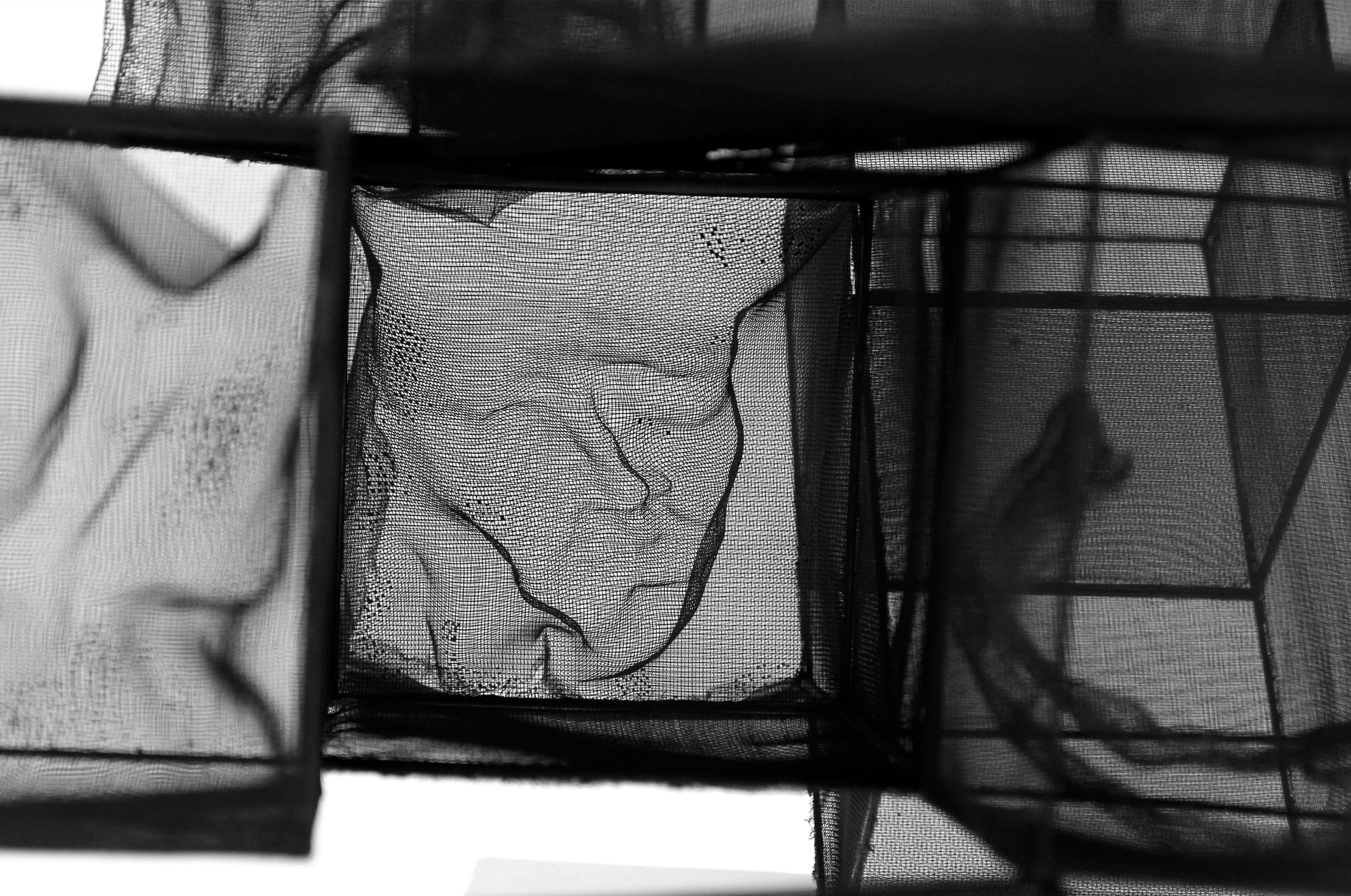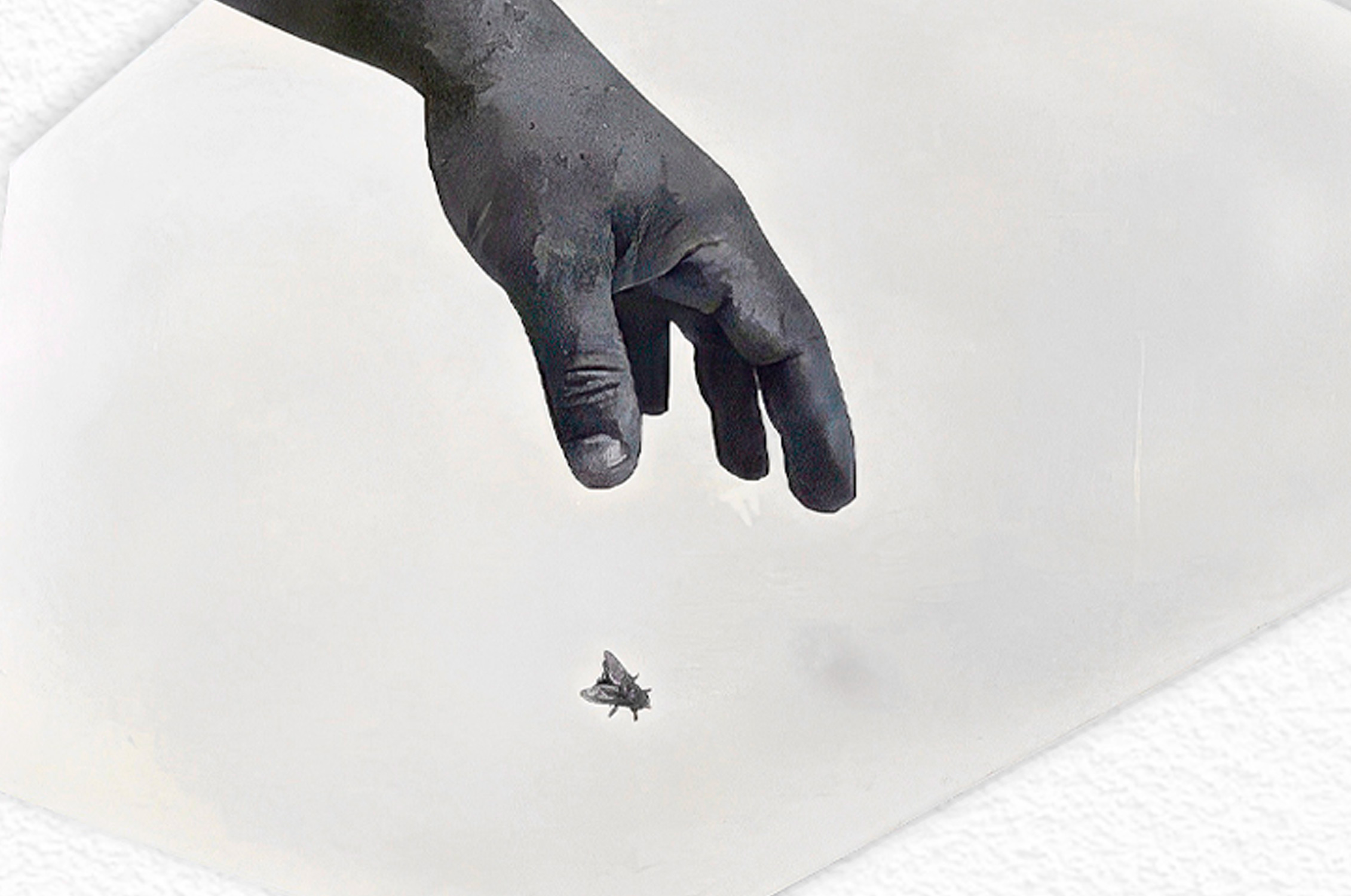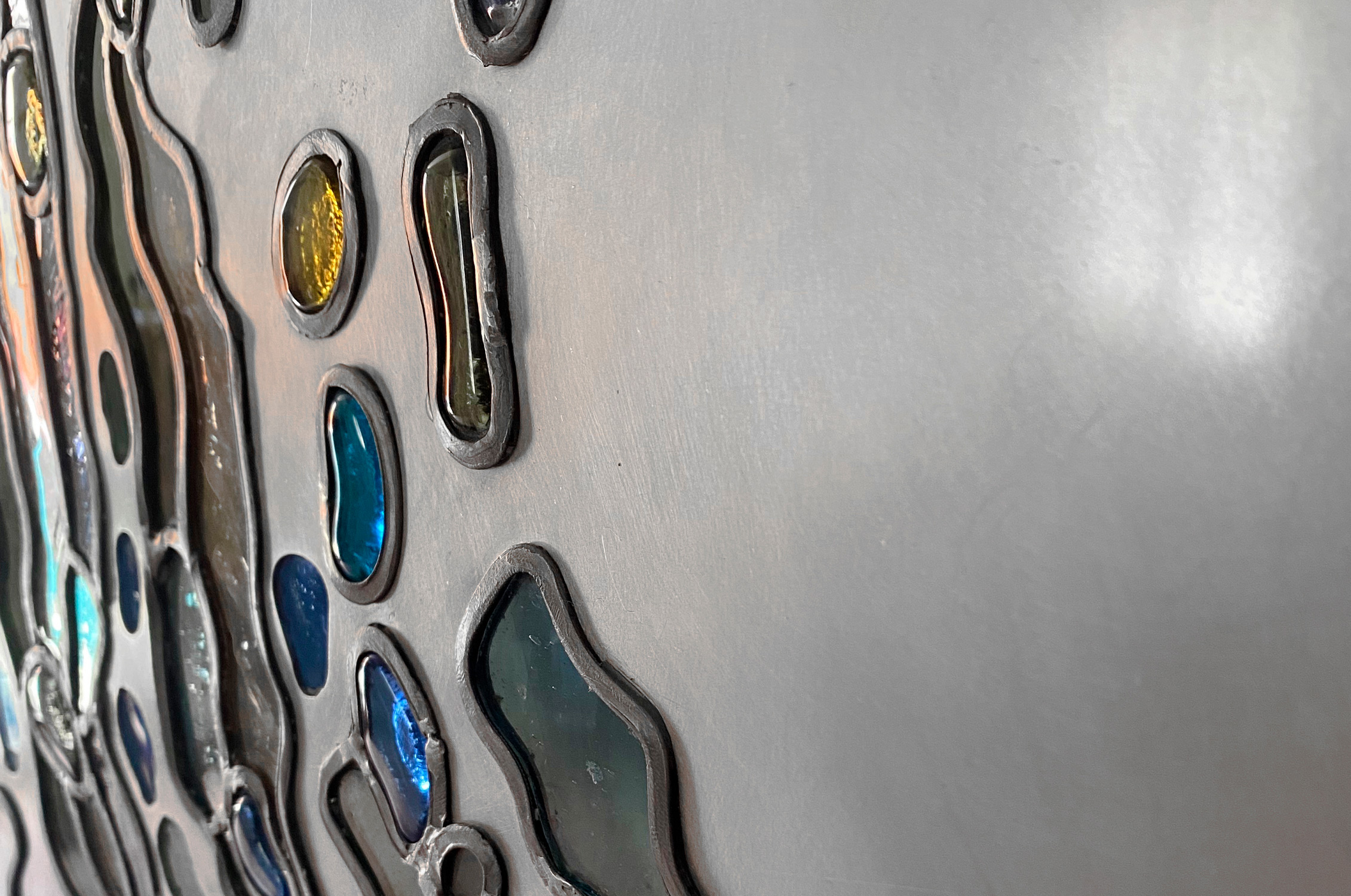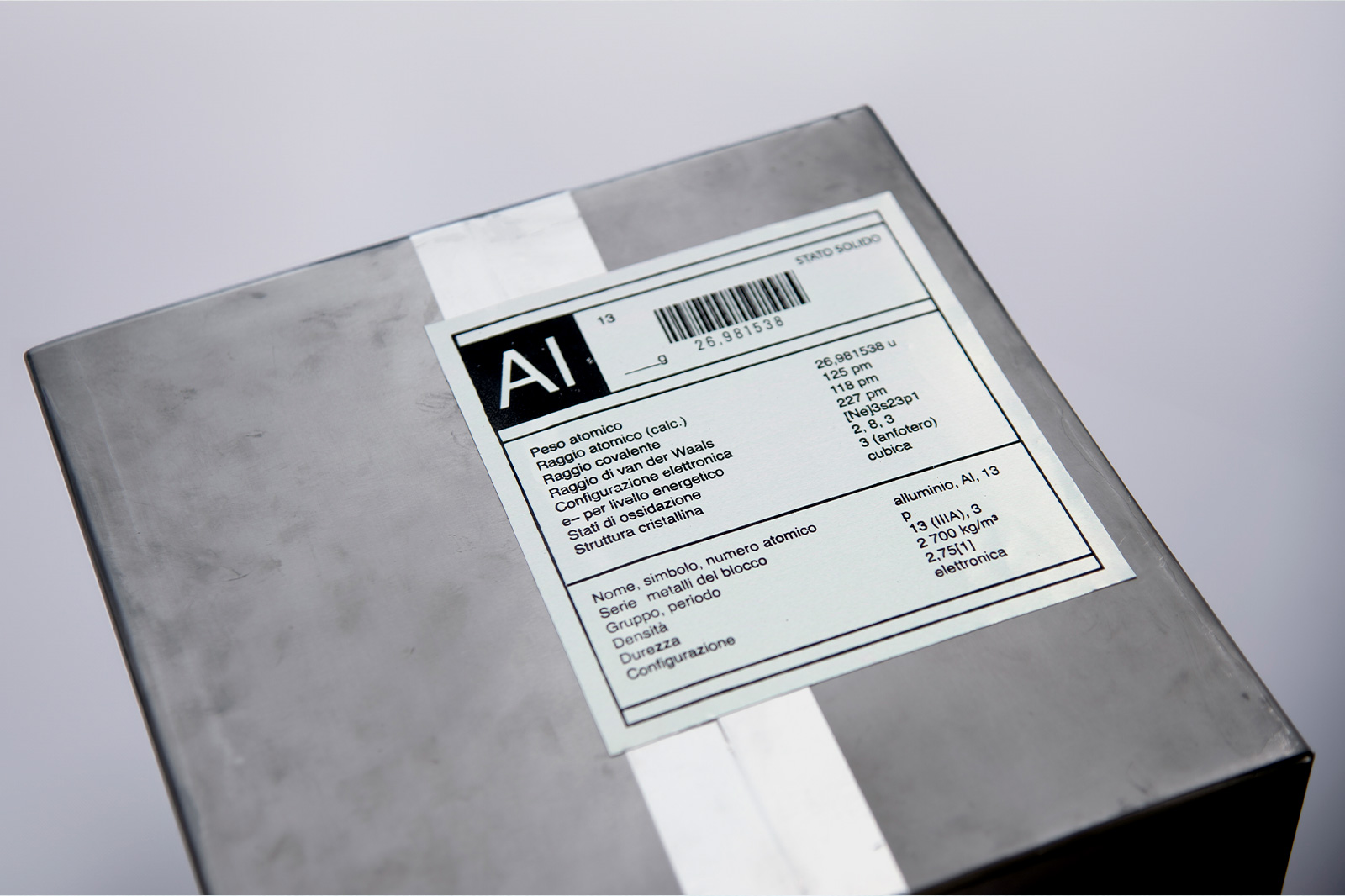WINNER OF THE AUDIENCE AWARDS 20-21
Interview to Ana Celdrán Beltrán
by Ilaria Ferri
Spanish sculptor (born in 1978 in La Unión, Murcia) with a past in restoration, Ana Celdrán Beltrán currently lives and works in Venice.
She graduated in 2001 from the Polytechnic University of Valencia at the Faculty of Fine Arts of San Carlos, with an academic specialization in painting, sculpture, and drawing. In 2000 continues her studies at the Academy of Fine Arts in Venice where she studied in particular the artistic anatomy under the direction of Professor Mauro Zocchetta.
She comes in touch with the Venice State Institute of Art following she collaborates with art masters such as Elio Martella, Giacinto Fantin, Carlo Meneghello, Antonio Furini. and with Guglielmo Pinna in projects of art, music, and theater.
Reflecting on the path of the great masters of the past, you admired their “curiosity, enthusiasm, techniques, study, experimentation, comparison, critical knowledge, in short, the search for their own being and their own language”. In your opinion, is Art a way to define one’s identity and find a way to tell the world about oneself? A tool to analyze and understand yourself and then compare yourself with others?
Art is undoubtedly a path to discover oneself and to tell about oneself according to one’s abilities. Creativity allows you to broaden your own intuitive and emotional vision, translating it, in my case, into forms, to get to the comparison with others. All the information we have is linked to our own experiences, emotions and curiosities, and, at the same time, is linked to the socio-cultural context in which we grow and move. In this sense, artistic identity, where one’s own language is found, becomes a gift that is then recognized by others. Art navigates between these aspects and it is very interesting to discover and connect them. It is a very noble way to acquire superior wealth.
You started your career in restoration, but then you moved on to sculpture. A point of reference that has always distinguished your work is the shape, the volumes, the processing of the materials until they reach the idea you have set for yourself. In fact, you affirm “I work the form following the line of the profiles, drawing in the space until the shapes harmonize in the details, until the volume masters”. How does your creative process develop? How does it start? What spark does it start?
I started working in restoration to be able to support my studies in Italy and keep the creative activity that I have never neglected. This experience has helped me to enrich a parallel knowledge in the world of materials and techniques as well as to broaden the human and cultural heritage.
I approached sculpture in particular already at the time of university in Spain thanks to my master sculptor José Doménech Ciriaco who perceived, before me, that this was my path.
The creative journey starts from observing nature, from the curiosity to discover its truth and its immutable laws, trying to look beyond that superficial veil that we have at first glance. This implies the study of forms and their rules, an activity that is always in constant motion. Then the creative desire leads to an image that breaks rational logic, and here the journey becomes infinite.
The birth of each work is something complex. It certainly starts from an inner need, which can find fertile ground at any time and for unsuspected causes, then there is a latent time of maturation where the first “spark” must take shape. Thus began an in-depth study of the idea and the project, personally going through the phases of the material and construction experience.
The design, in each of these phases, is fundamental. Shapes that travel as ideas in the mind normally find a body, first of all in a sketch on paper, then in a small sketch where you can evaluate relationships and proportions, and finally in the final sculpture. In this path the line strongly leads the process, guiding large volumes and small details in any case. And by reaching this point, communication must have already found an understandable, simple, immediate, and profound language.
When shapes and volumes are predominant in your work, the material becomes fundamental for you. What relationship do you have with the materials? You have experimented with many, you have experimented with various techniques, each suited to the material you used. What does it mean for you to use these materials and learn these techniques? In an interview you participated in on the occasion of the “European Days of Art Professions 2021 – Materials at Work”, you said “Those who do not touch, do not create. Touching means knowing”, what do you feel when you touch wood, plaster, wax, glass, etc. with your hand and you see how the material responds to your touch? How do you choose the material for your work? is this choice based on the project you want to carry out or according to your desire to work with a particular material?
In the material, you will find the immediate response of nature and you can enjoy this only by knowing it and respecting it, otherwise nature itself does not grant anything.
How would a musician do if he didn’t know how to listen and feel his instrument? As a teacher, if he did not go under the “skin” of his students? How would an engineer build if he didn’t to master natural laws? … With the same attitude one confronts creativity. There is nothing taken for granted in this case creativity rules, otherwise, we would only talk about ideas and improvisations.
In sculpture matter and materials are fundamental amental, because removing all the other rules, such as colour or perspective, only the design and the material remain. that’s why, you need to know them both. It is a game of forces and compromises, of alchemy and balance.
Knowledge of techniques and materials leads to a vast range of possibilities. Each of us is and expresses himself based on what he knows and that is why communication increases if the language becomes direct and simple. It is an enrichment. A growth. Experimenting with techniques on materials is an inexhaustible game and the discovery is a source of satisfaction.
Sometimes it turns out that the project requires a specific material. Sometimes it is the material that forces the idea because it is neither suitable nor practicable, as is the case with glass. Just as there are moments in which the material can inspire the idea and others in which the idea lets itself be seduced by a material.
It is curious to discover how there are materials and techniques more or less similar to one’s character if one thinks of them simply in terms of size, hardness, kindness, warmth, or lightness.
The shapes of the human body are a recurring theme in your works. A sort of “passionate classicism” that combines the rigor of your studies with the carnality of the bodies, but which at the same time tells a state of mind, a journey. What does the human figure mean to you?
The human figure, despite having always been a source of inspiration, remains a mysterious and inexhaustible source. One has the feeling, in trying to translate it, of never reaching it, and each one, in facing it, brings that part of himself that is unique and unrepeatable.
The body, being the place of emotions, is also the perfect guardian of the laws of beauty. It contains within itself an immediate and sincere expressive world, reacting each time to the stimuli it perceives from the world through sensations.
Working respecting these criteria makes me keep constant tension, never-ending research. It is certainly the ideal aesthetic excuse to express, through my plastic code, my imaginary, and emotional language.
You left Spain to further your studies and then stayed on a permanent basis in Venice. Why did you choose Italy? What influence did the masters you met on your Italian journey have? What was the lesson that you made yours and that you will carry with you forever? How much have they influenced your way of understanding and making art?
Since I was a child, I have been fascinated by the world of art, thanks to the fertile family and cultural environment. Leafing through the art books right away, I couldn’t help but easily notice the immense and exciting Italian heritage. It has always been an invisible thread that attracted me to Italy and, for the first time, thanks to my studies, I was able to follow the steps of a profound will.
The Italian path, on an artistic level, is, in some way, and for my vision, a must. I have had, and still have, the good fortune to enjoy the great beauty that has inspired and inspires this country. I found the masters of my career on and off the streets of art because they don’t always follow the “official” or academic ways. As my dear friend and teacher, Guglielmo Pinna, always says, when he talks about “silent poets” and the importance of looking at things with “oblique” vision, a different perspective is needed to have a deeper vision. Thus, I was influenced both by the art masters of the Venice Academy in the conceptual and constructive system of the human body and by that large family of masters of the Historic State Institute of Art in Venice, especially in the goldsmith and sculpture section. from their design and creation system in the different techniques of applied arts. And, indirectly, from those I have never met but who spoke to me through the technical and aesthetic language of their works that I was able to learn in the world of restoration.
I have understood many lessons and learned to make them my own, but perhaps I think more about what awaits me. I believe that the most important thing is the approach to doing and the renewed curiosity, the sense of measure and balance, and the influence as a value and recognition of the other in an atmosphere where the sense of play must never be lacking. the ability to move ideas and group awareness.
You participated in the eighth edition of the COMEL Award, and won the Audience Award, with a splendid aluminium casting entitled The Hug. How was this experience for you? What prompted you to participate? Have you already used aluminium before? How did this work that struck visitors to the Legami in Aluminium exhibition come about?
Getting involved is one of the things I absolutely love and the opportunity that this Award offered me made it possible. Each work is in itself a unique experience and the path, from start to finish, is an exercise that fills me enormously. This award is a very beautiful and important recognition because to deal with the public is fundamental, precisely because of the diversity of thoughts and emotions. If there is communication between the work and the viewer, it means that the dialogue is direct and the goal is achieved. I am happy and satisfied with this, even if it is never a goal for me.
The material, in this case, was the element that attracted my attention since the very beginning. I had used aluminium as a material but not as a predominant element within a work. I thought that this essential condition would force me to take a different path and this intrigued me even more. The work was born keeping in mind the material first and then the theme, which in some way was very similar to a part of my work: The embrace as the purest feature of this material, the one that unites us and of which we are made of. In this work, the forms intervene to express the differences, and the emotion of the gesture completes the harmony of nature. The exact point, represented by two bodies in space, is a starting point that widens towards wider horizons. A small universe that embraces all its elements.
Creativity requires curiosity, as well as experimentation which I can hardly give up. Technically, casting in the land of France was an incredible experience because it is a technique that is normally used for simple and preferably geometric shapes, and not for complex volumes as in my case. I was lucky enough to find a “magician” who was able to solve the casting of an “impossible piece” by impressing the model by pressure on the sand and then creating removable plugs to be able to disassemble them, freeing the model. The right technique would have been lost wax casting but I couldn’t resist the challenge. Subsequently, I worked the resulting work in metal to give it its definitive “skin”, beating it with a hammer and chisel, and suspended it with ropes to be able to build, by welding in steel, the structure where it rests.
The experience not only enriched me personally, but it made me discover a genuine environment created with great enthusiasm and dedication, where skills are shared in a group of professionals who carry out a project of great cultural value. For this, I am truly grateful.








